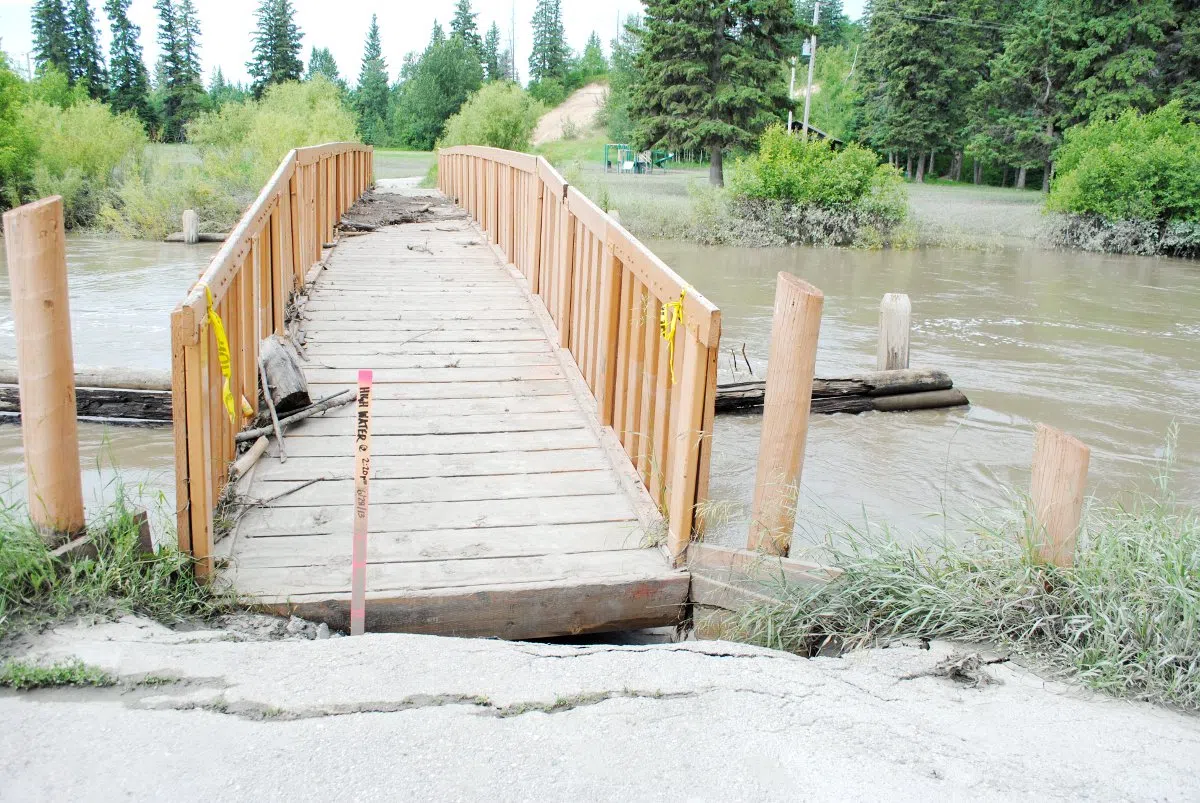
Little Red River Park shuttered for the summer
Little Red River Park will remain closed into the fall, until the City of Prince Albert can assess the full extent of the flood-related damage within the park.
“The water levels have still not got down to a level that we can ascertain what needs to be done in the park, and so as not to under-promise and over-deliver, we are saying that it will be fall before we have a full assessment,” city manager Robert Cotterill told city council Monday evening.
“And because we know that we need to replace bridges and we’re not too sure [of] the state of the road works.”
The park has been closed since June 20, as water rushing downstream from Anglin Lake caused Little Red River to expand and overflow. Much of the waters have receded in the last week. The flooding has damaged river banks, trails, bridges and trees.


